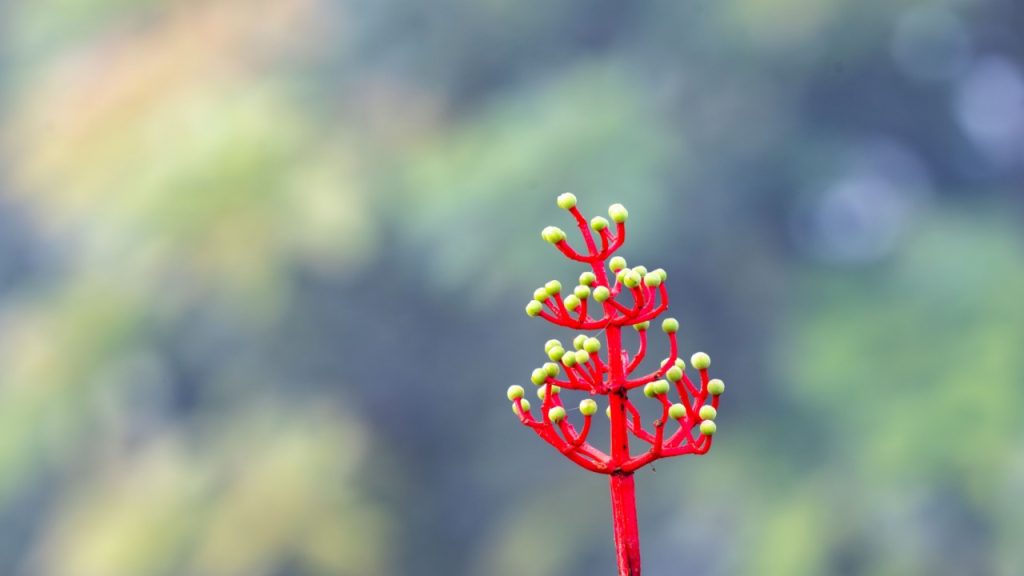When we think of dangerous organisms, our minds often jump to animals with sharp teeth or venomous stings. But the plant kingdom harbors its own set of deadly players. From toxic berries to sap that burns skin, these green assassins prove that nature’s silent killers can be just as lethal as any predator. While many of these plants are beautiful, they remind us that looks can be deceiving. Some have been used for centuries in traditional medicines and rituals, while others are so dangerous that merely brushing against them can be fatal. Here’s a look at 15 of the world’s deadliest plants that demand our respect and caution.
Water Hemlock
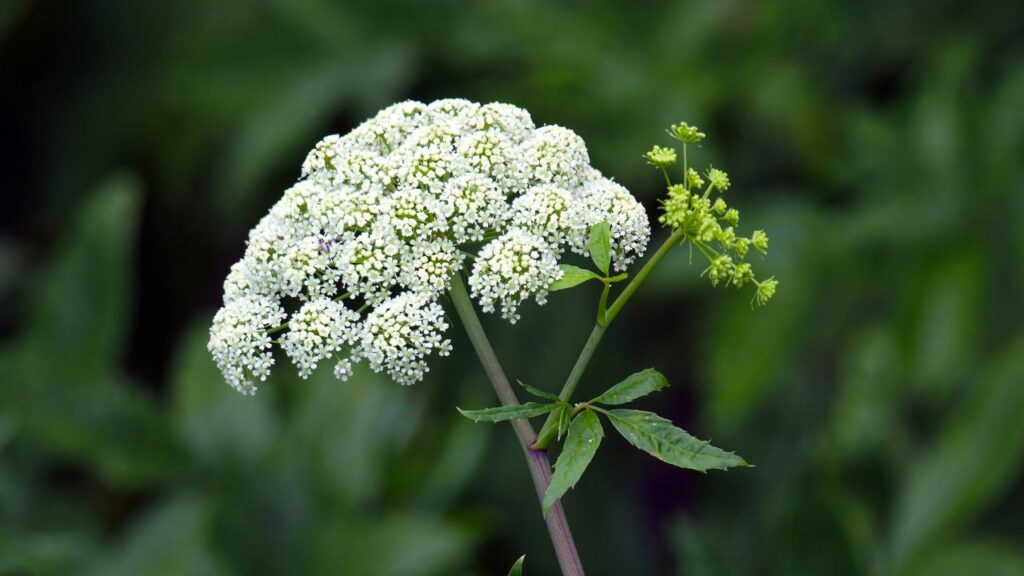
Water hemlock is often called “the most violently toxic plant in North America”. This innocent-looking plant contains a toxin that attacks the central nervous system. Ingesting even a small amount can cause seizures, nausea, and death within hours. It’s often mistaken for edible plants like parsnips or celery, making it particularly dangerous to foragers.
Manchineel Tree
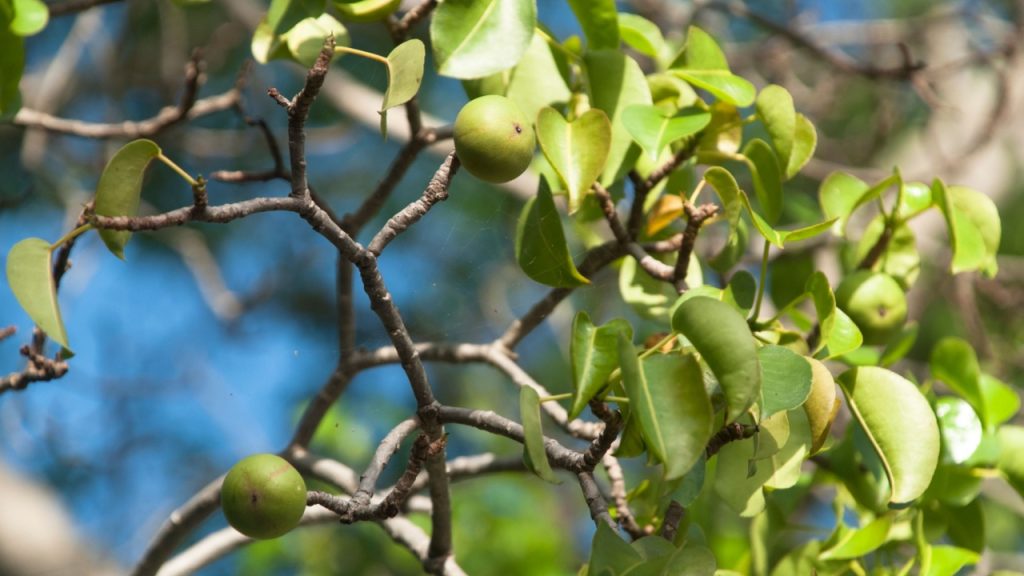
Found in tropical areas, the manchineel tree is so toxic that standing under it during rain can cause skin blisters. Its fruits, nicknamed “death apples,” cause severe internal bleeding if eaten. Native Caribbean peoples used the tree’s sap for poison arrows, and it’s said that explorer Juan Ponce de León met his end from a manchineel arrow.
White Snakeroot
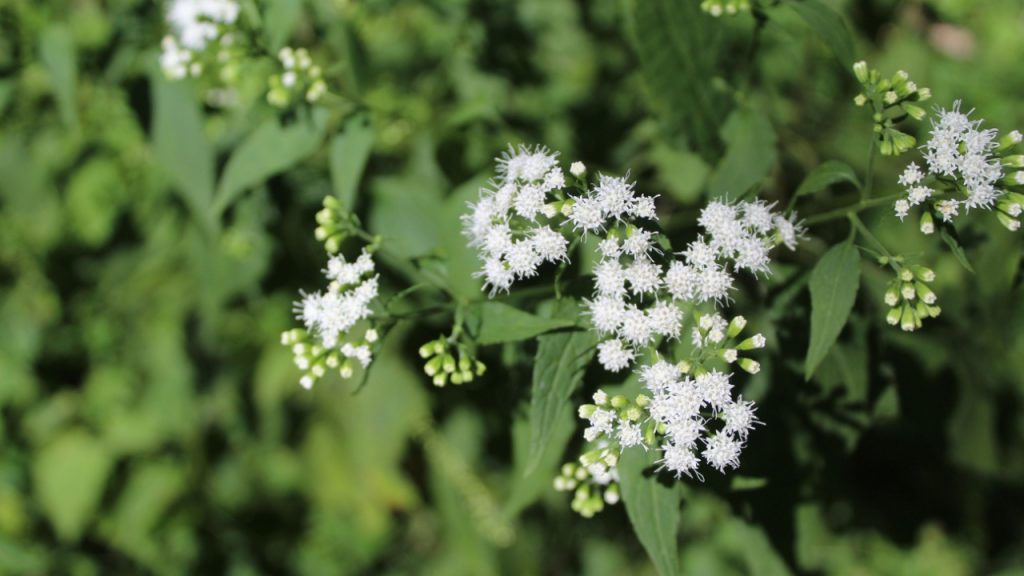
This plant played a sinister role in American history. It caused “milk sickness” in the 19th century, killing thousands, including Abraham Lincoln’s mother. The plant contains a toxin that can pass through cows’ milk to humans. Symptoms include trembling, vomiting, and eventually death if untreated.
Castor Bean Plant

The castor bean plant produces castor oil, but it also contains one of the most potent toxins known to man: ricin. A single castor bean can kill an adult within days if chewed and swallowed. Despite its danger, the plant is often grown for its large, tropical-looking leaves.
Oleander
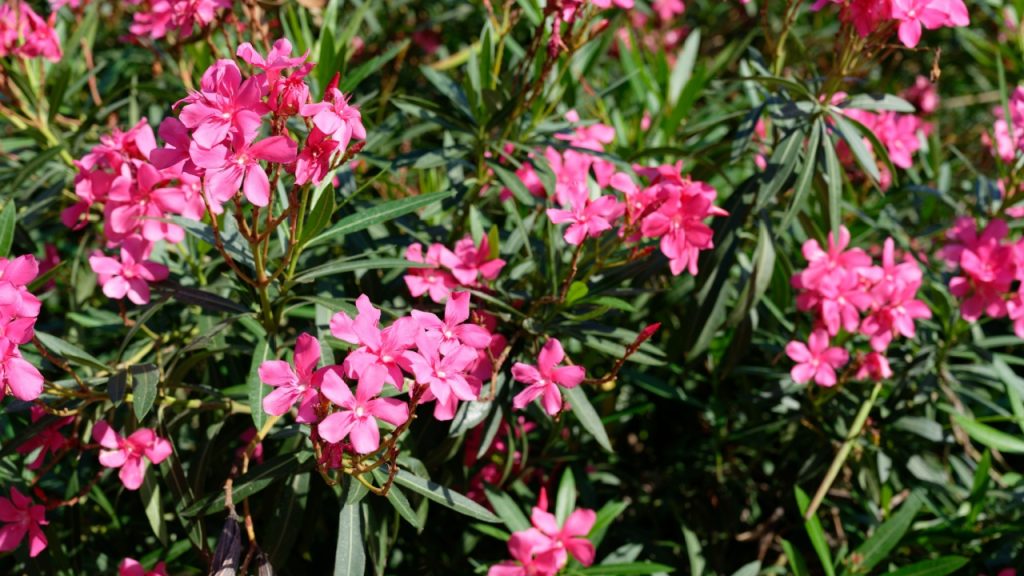
Oleander is a common ornamental plant, but every part of it is deadly. It contains cardiac glycosides that can cause fatal heart arrhythmias. There are reports of people dying after using its branches as skewers for cooking or accidentally burning the plant and inhaling the smoke.
Wolfsbane
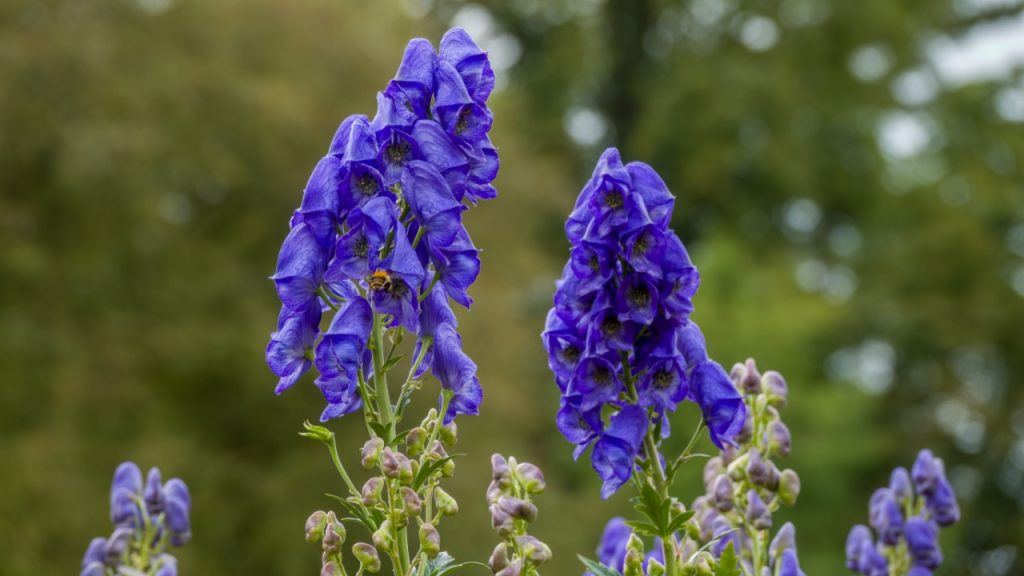
Also known as monkshood or aconite, wolfsbane has been used for centuries in traditional medicines and poisons. It’s so toxic that even touching the leaves without gloves can cause numbness. Ingestion leads to severe gastrointestinal issues, paralysis, and often death. Despite its danger, it’s still grown in gardens for its beautiful purple flowers.
Rosary Pea
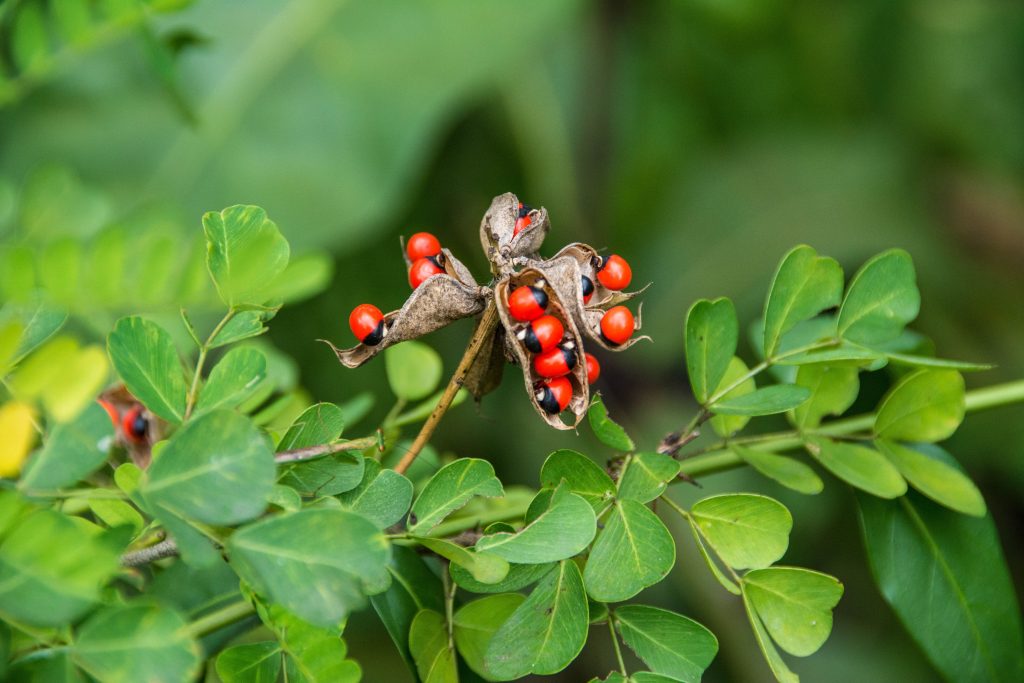
The rosary pea, or crab’s eye, contains abrin, a toxin similar to ricin but even more potent. A single seed, if chewed, can be fatal. Ironically, the seeds are often used in jewelry and rosary beads, though they’re only dangerous if the seed coat is broken.
Angel’s Trumpet
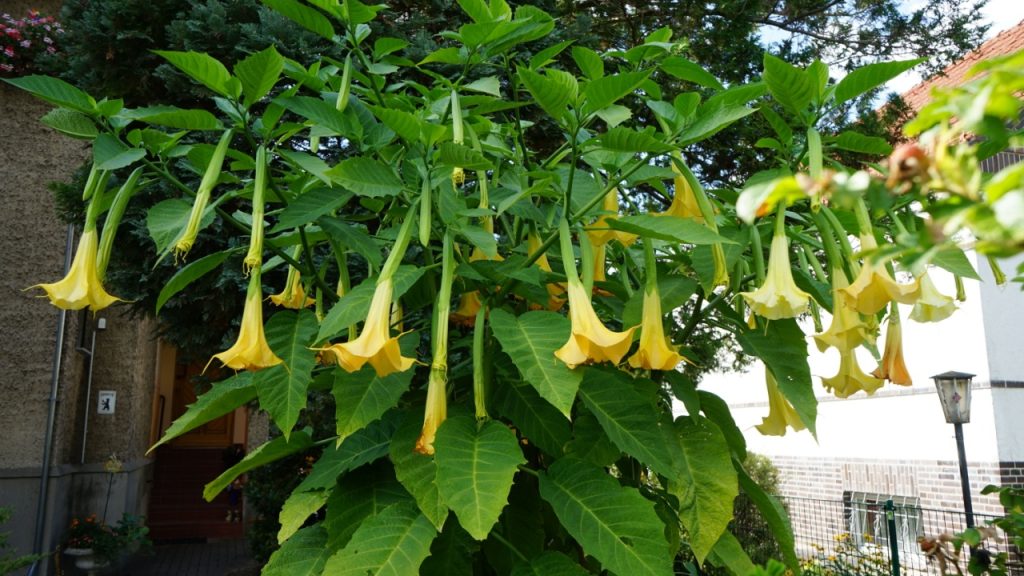
This beautiful flowering plant is anything but heavenly. All parts of angel’s trumpet contain tropane alkaloids that cause hallucinations, paralysis, and death. Some people have used it recreationally, often with disastrous results. In Colombia, it’s known as “borrachero” and has been used by criminals to drug victims.
Deadly Nightshade

Also called belladonna, this plant lives up to its deadly name. Its sweet black berries are particularly dangerous to children. Ingestion causes dilated pupils, hallucinations, and eventually, fatal paralysis. Ironically, it’s been used in medicine and cosmetics throughout history.
Gympie Gympie
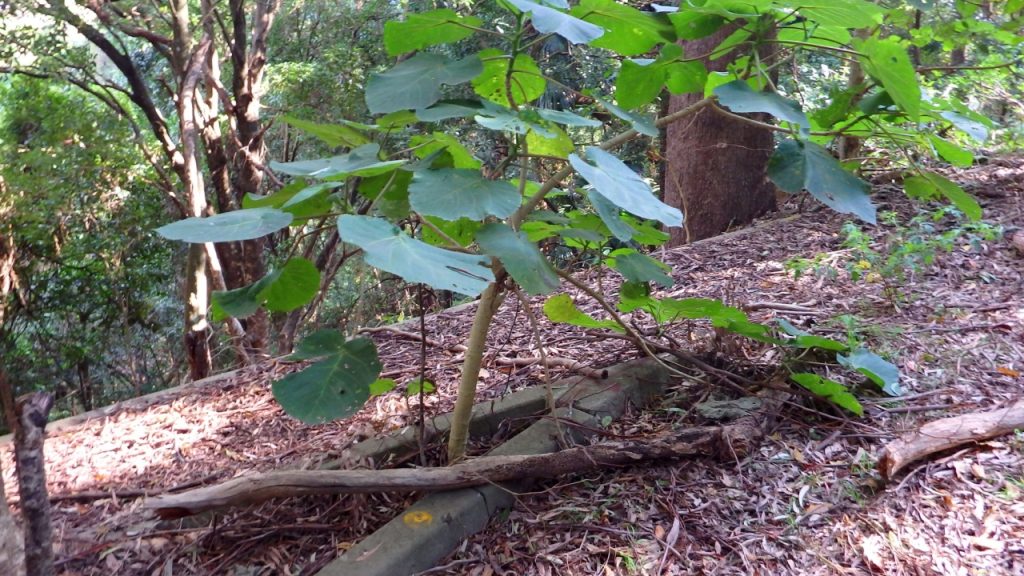
This Australian plant doesn’t kill quickly, but its sting is so painful that some sting victims have reportedly killed themselves to end the agony. The leaves are covered in silica-tipped hairs that inject a potent neurotoxin. The pain can last for months and is described as feeling like being burned with hot acid and electrocuted at the same time.
White Baneberry
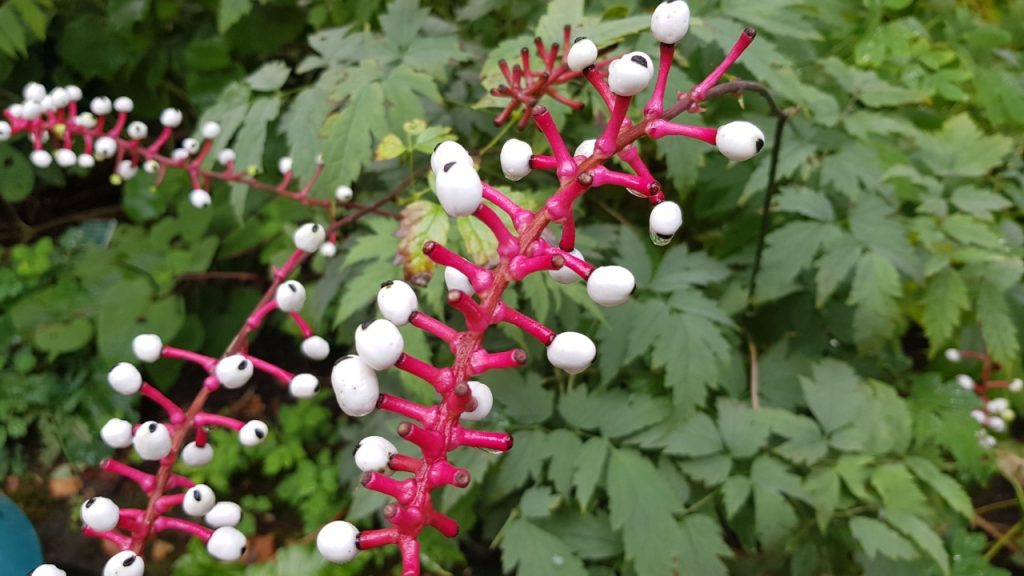
White baneberry, also known as “doll’s eyes,” produces berries that look like tiny eyeballs. These berries contain cardiogenic toxins that can cause cardiac arrest and death. Birds can eat them without harm, but they’re extremely toxic to humans and other mammals.
Tobacco Plant
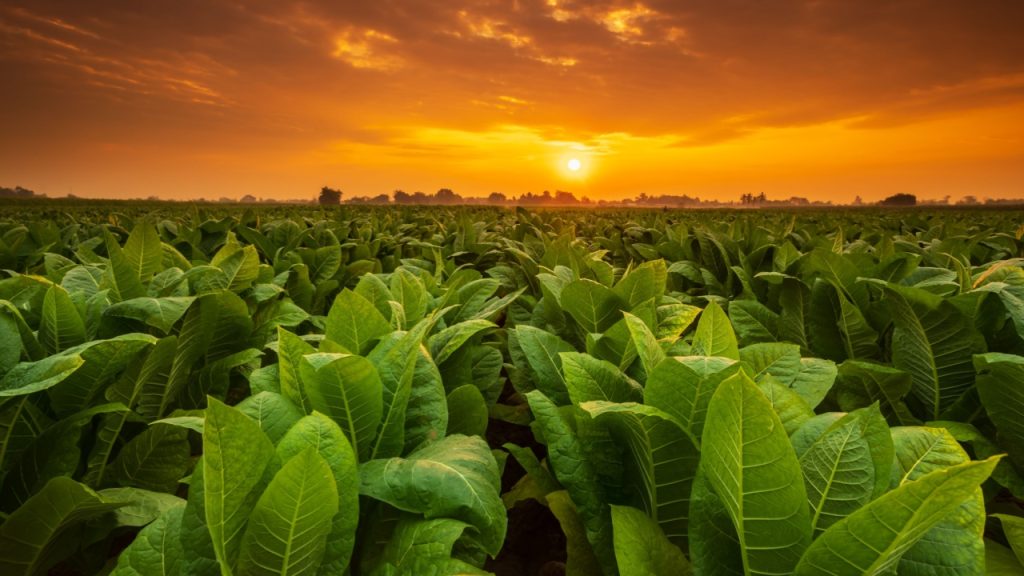
While not immediately deadly like some others on this list, the tobacco plant is responsible for more deaths worldwide than any other plant. It contains the highly addictive stimulant nicotine. Long-term use of tobacco products leads to numerous health issues, including cancer and heart disease.
Rubber Tree
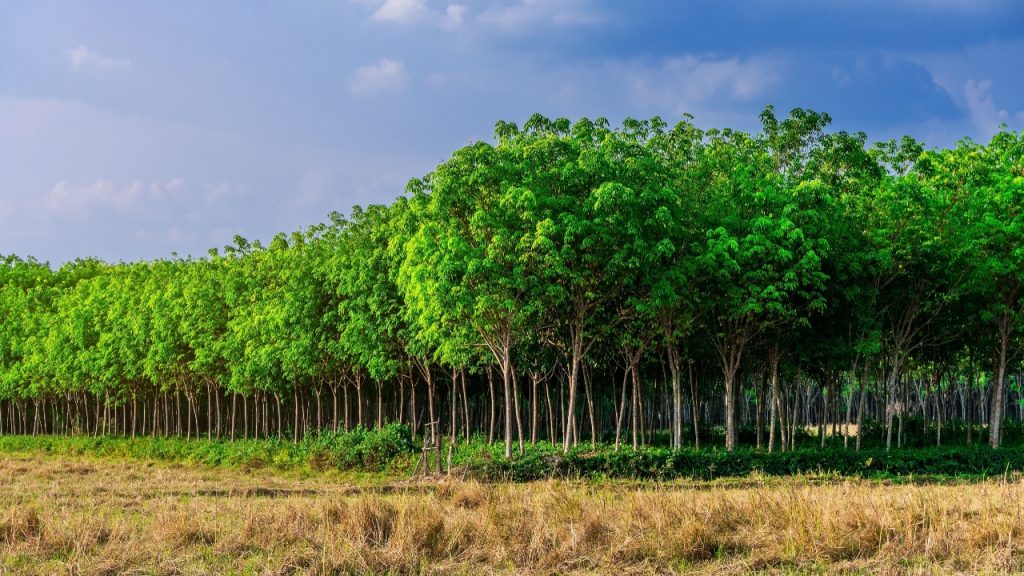
The sap of the rubber tree contains a compound called mulungu alkaloid. In some people, this can cause severe allergic reactions leading to anaphylactic shock. While not deadly to everyone, for those with sensitivity, even minor exposure can be fatal.
Jimsonweed
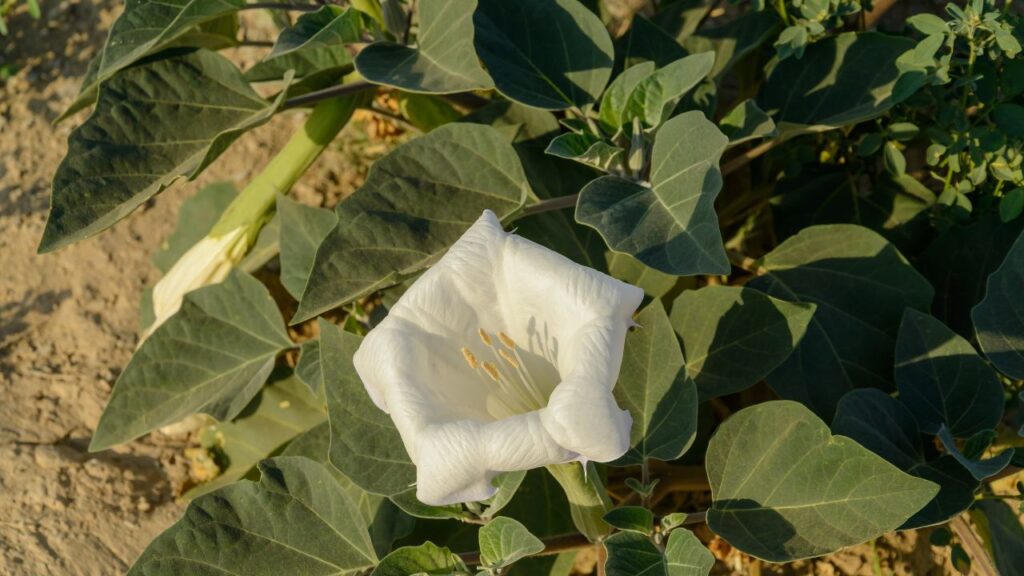
Also known as devil’s snare, jimsonweed is a powerful hallucinogen that can easily result in fatal overdose. All parts of the plant contain dangerous levels of tropane alkaloids. It’s been used in traditional medicine and rituals, but its unpredictable effects make it extremely dangerous.
Poison Hemlock
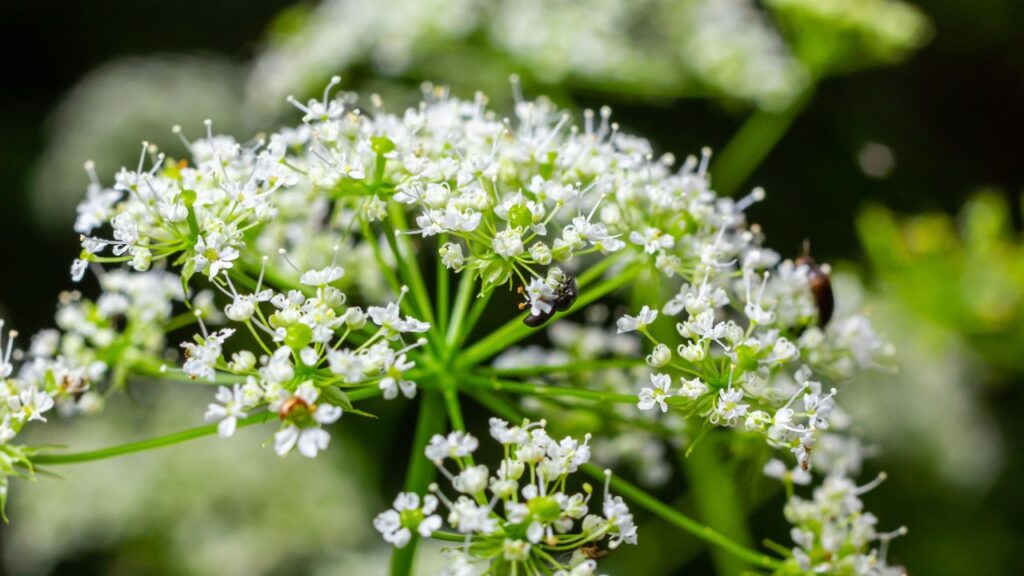
Famously used to execute Socrates, poison hemlock contains potent alkaloid toxins. Ingestion causes paralysis, starting at the body’s extremities and working inward. Death usually occurs due to respiratory failure. It’s often mistaken for harmless plants like Queen Anne’s lace or wild carrots.

